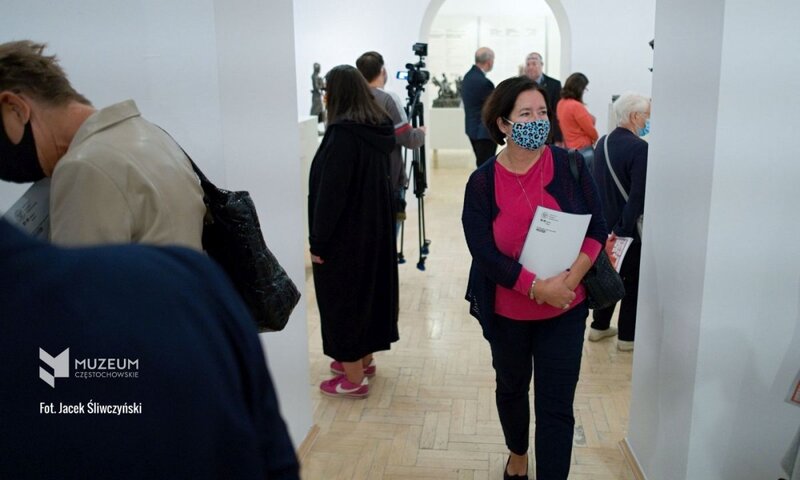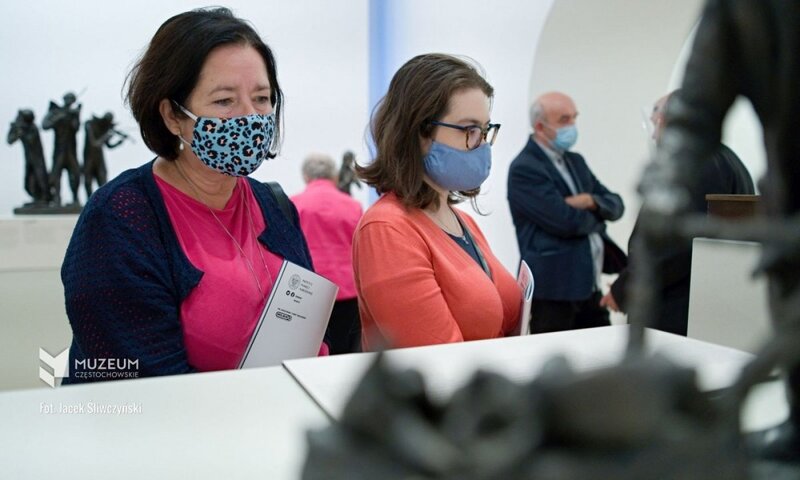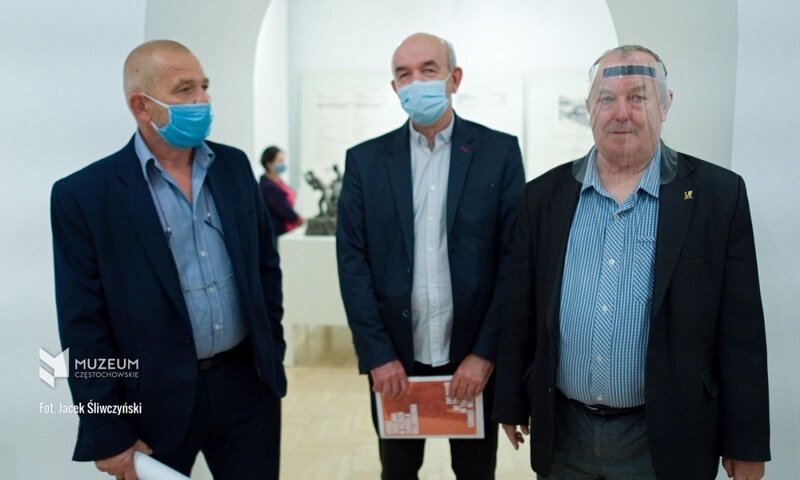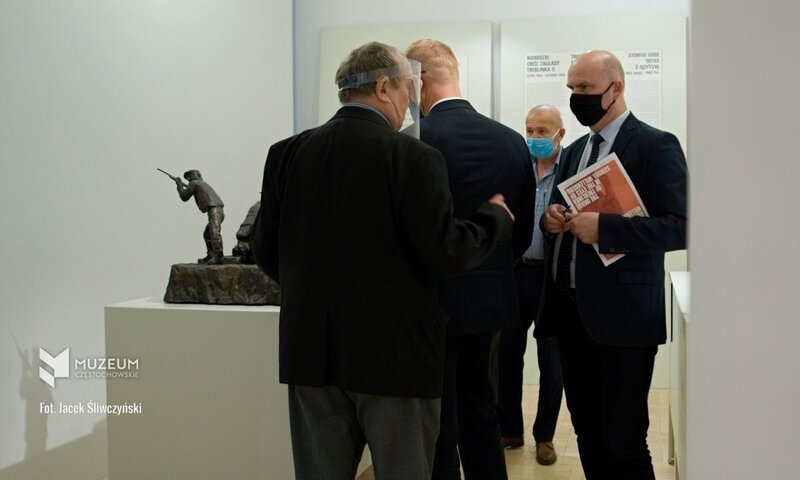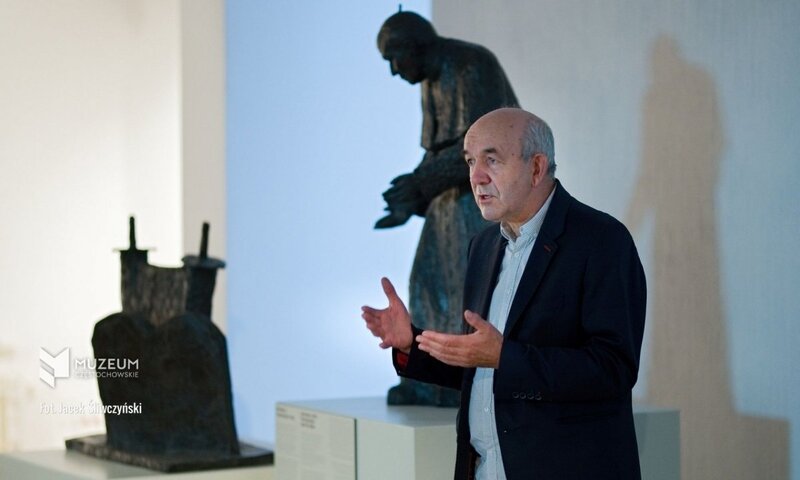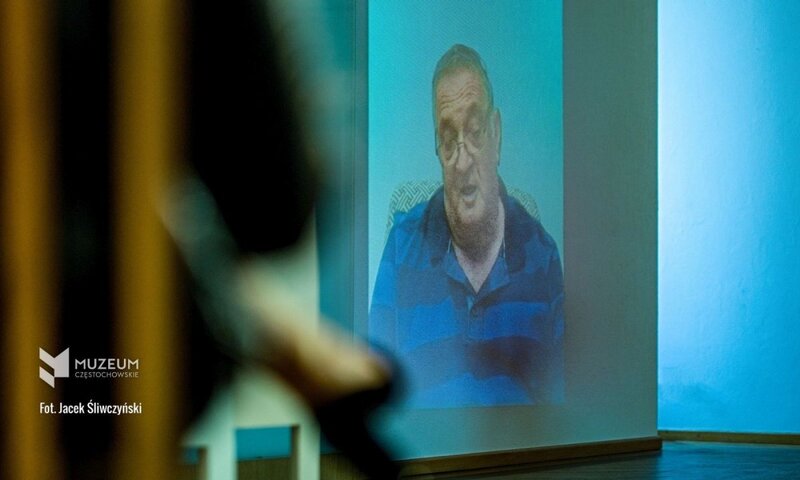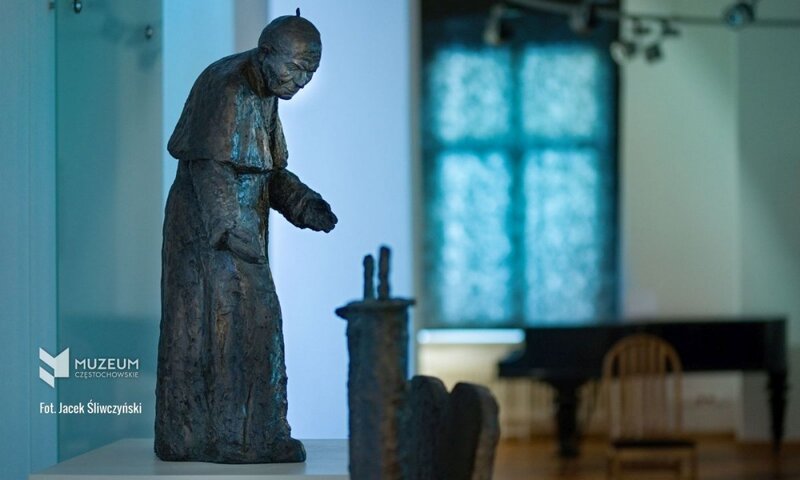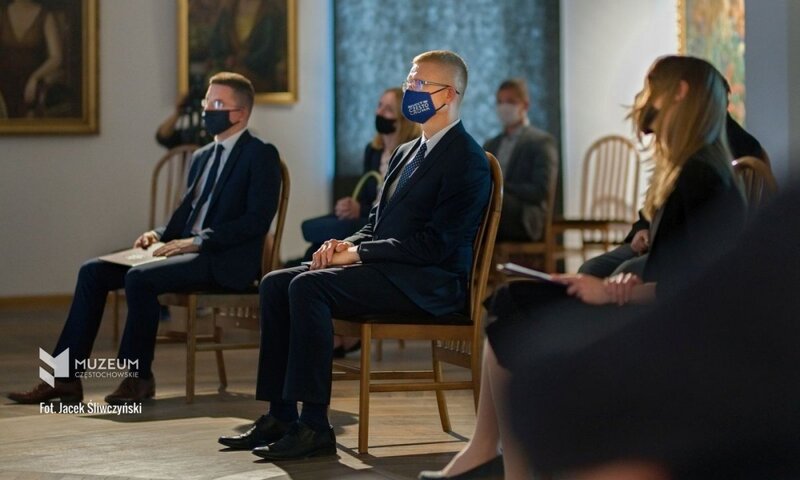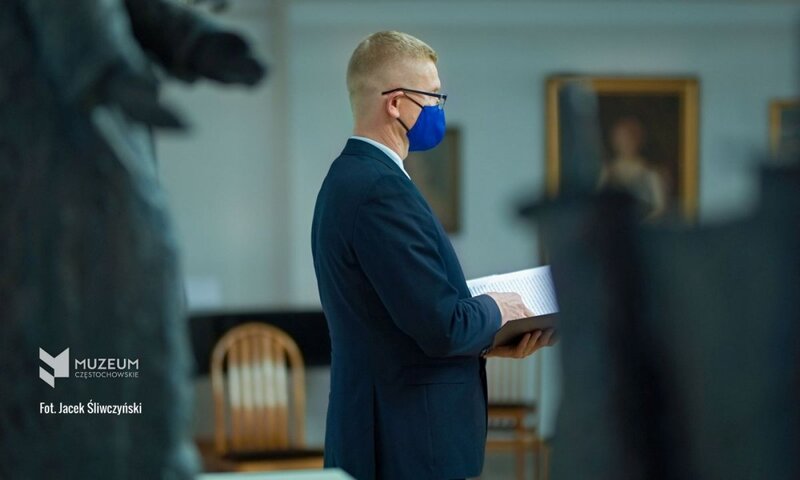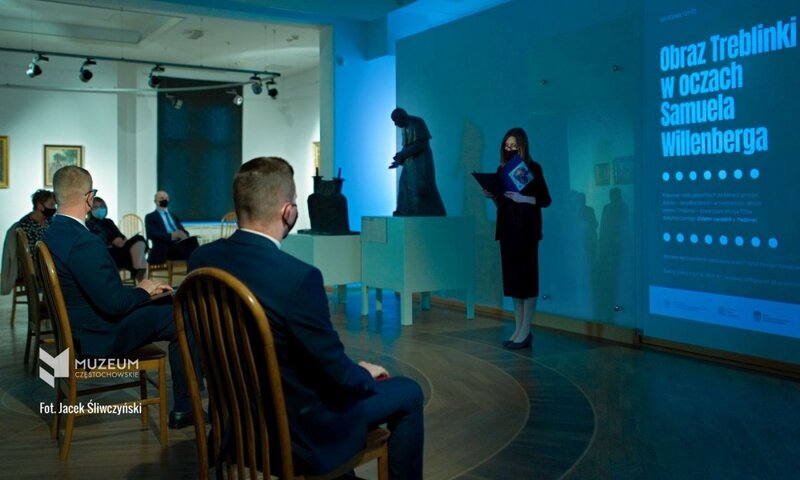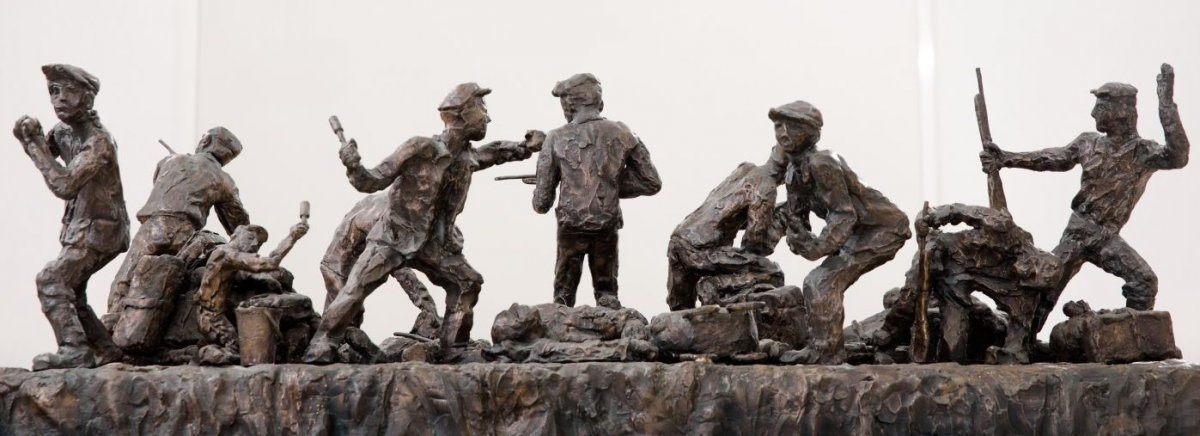
"The Image of Treblinka in the Eyes of Samuel Willenberg" exhibition was organized by the IPN as part of a nationwide, year-long educational project made possible thanks to the kindness of the widow of the sculptor, Ada Krystyna Willenberg.
It is no coincidence that Częstochowa was chosen as one of the venues for presenting the exhibition, as this is where Samuel Willenberg, the author of the sculptures, was born and raised. It is worth noting that the Częstochowa Museum is also displaying the paintings of Perec Willenberg, Samuel’s father.
The exhibition of 15 bronze sculptures by Samuel Willenberg in his hometown, was organized by the Institute of National Remembrance in cooperation with the Mayor of Częstochowa and the Częstochowa Museum. The works depict everyday life in what can be described as hell on earth and are a unique, painful testimony of one of the most tragic chapters in the history of the Holocaust.
Samuel Willenberg was born in 1923 in Częstochowa, Poland, the son of Maniefa, nee Popov, and Perec Willenberg; he had two sisters, his elder Itta and younger Tamara.
In October 1942 he arrived at the Treblinka camp in a transport of 6,000 Jews deported from the Opatów ghetto. Most perished immediately; he was the only one who remained alive. Willenberg was in Treblinka until the outbreak of the rebellion on 2 August 1943. He saw with his own eyes the arrival of hundreds of thousands of Jews and thousands of Roma and witnessed them being sent to death in the gas chambers; his own sisters Itta and Tamara also perished there. Willenberg himself suffered humiliation, violence, cruelty and extreme viciousness at the hands of the German SS staff and the Ukrainian “SS-Wachmänner” guards.
Samuel Willenberg was among 200 inmates who on 2 August 1943 succeeded in escaping from the German extermination camp in Treblinka. At the moment of his death in 2016, he remained the last survivor of the rebellion in Treblinka.
Samuel Willenberg became the spokesman for good Polish-Jewish relations, speaking openly about both the tragic and beautiful events, linking these two groups of Polish citizens during the criminal German occupation.
For his activities during and after the Second World War Samuel Willenberg received the highest national honors of the Republic of Poland, including the Virtuti Militari, the Cross of Merit with Swords, the Cross of Valour, the Warsaw Uprising Cross, the Order of Merit of the Republic of Poland, the Order of Polonia Restituta, and the Polish Army Medal.
The exhibition, under the National Patronage of the President of the Republic of Poland Andrzej Duda to mark the Centenary of Regaining Independence, presents sculptures, drawings, and excerpts of his testimony, describing figures and scenes which Willenberg remembered and wanted to commemorate. In spite of the perpetrators’ efforts to destroy all traces, the sculptures provide direct evidence of their deeds.
The sculptures portraying the author's personal experiences as both a prisoner and a participant of the revolt in the Treblinka German death camp is accompanied by the screening of "Treblinka’s Last Witness", a documentary film produced and screened courtesy of WLRN Public Television for South Florida, which is a first-hand account of Samuel Willenberg’s life as a Jewish prisoner of the death camp.
As a prisoner at Treblinka, Samuel witnessed the death in the gas chambers of his two beloved sisters, Itta and Tamara, among countless others. In his sculptures, the most poignant of these individual tragedies are brought back vividly to life. Like Polansky’s “The Pianist”, the film focuses on one man’s personal odyssey to reflect the enormity of the genocide inflicted upon Poland’s 3.5 million Jews, at the time the world’s largest Jewish community, seven times greater than the Jewish population of pre-war Germany.
Samuel’s story is one of survival against staggering odds and, though heart-rending and horrifying, it is ultimately one of triumph. WLRN
As an expression of respect for St. John Paul II, after the Pope's death, the artist made his sculpture, the mold of which can also be seen in the Town Hall in Częstochowa. The Institute of National Remembrance, in cooperation with the “Dobry Grunt” Foundation, added the work devoted to the Holy Father to the exhibition during its presentation in Poland.
So far, the exhibits have been presented at the IPN’s Lublin Branch, the Museum of the Second World War in Gdańsk and the Cracow Branch of the IPN. The sculptures will further be shown in Kielce and Warsaw.
The Institute of National Remembrance has also prepared a virtual tour of the exhibition supplemented by a voice-over both in Polish and English, as well as touching artistic photographs by Sławomir Kasper (IPN). Quotes from Samuel Willenberg's book Surviving Treblinka in English and Polish were used as descriptions of the exhibits. This has allowed the author’s voice to reverberate fully.
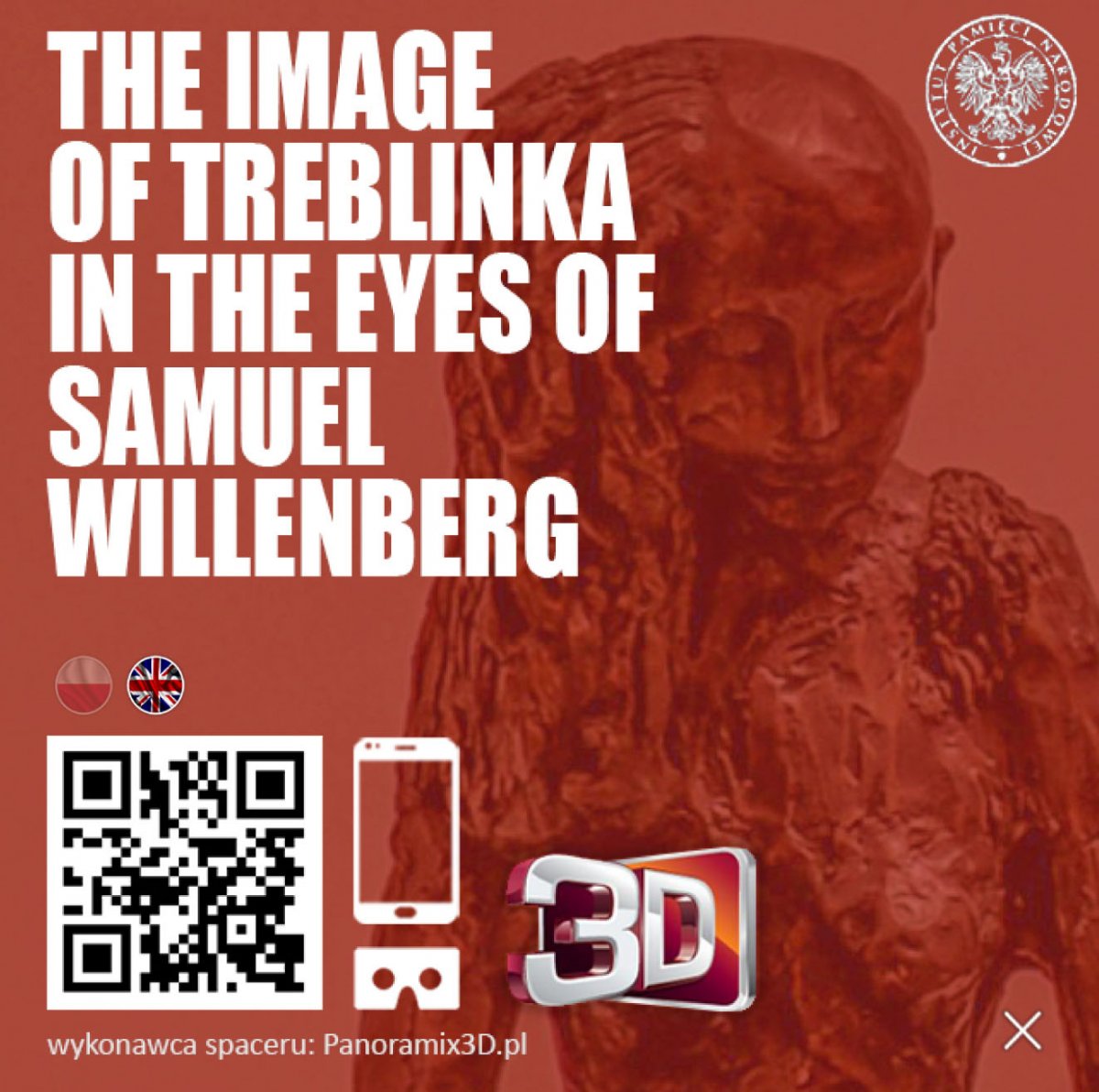
The exhibition "The Image of Treblinka in the Eyes of Samuel Willenberg" in Częstochowa is on display from 18 September to 15 October 2020.
